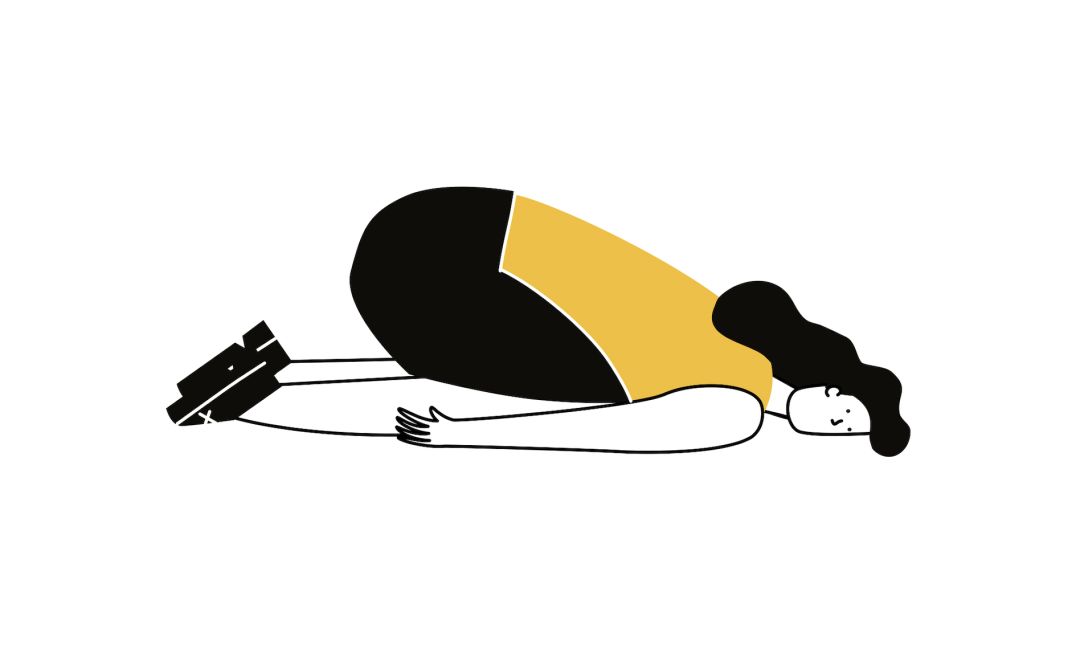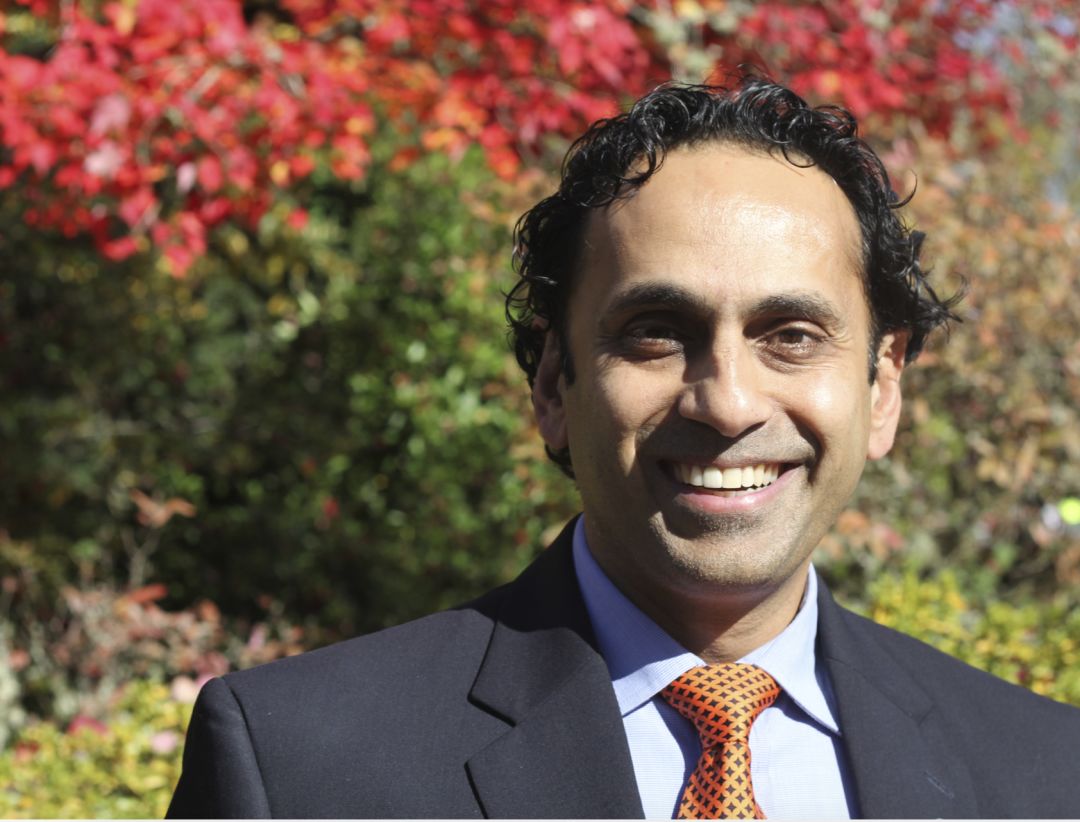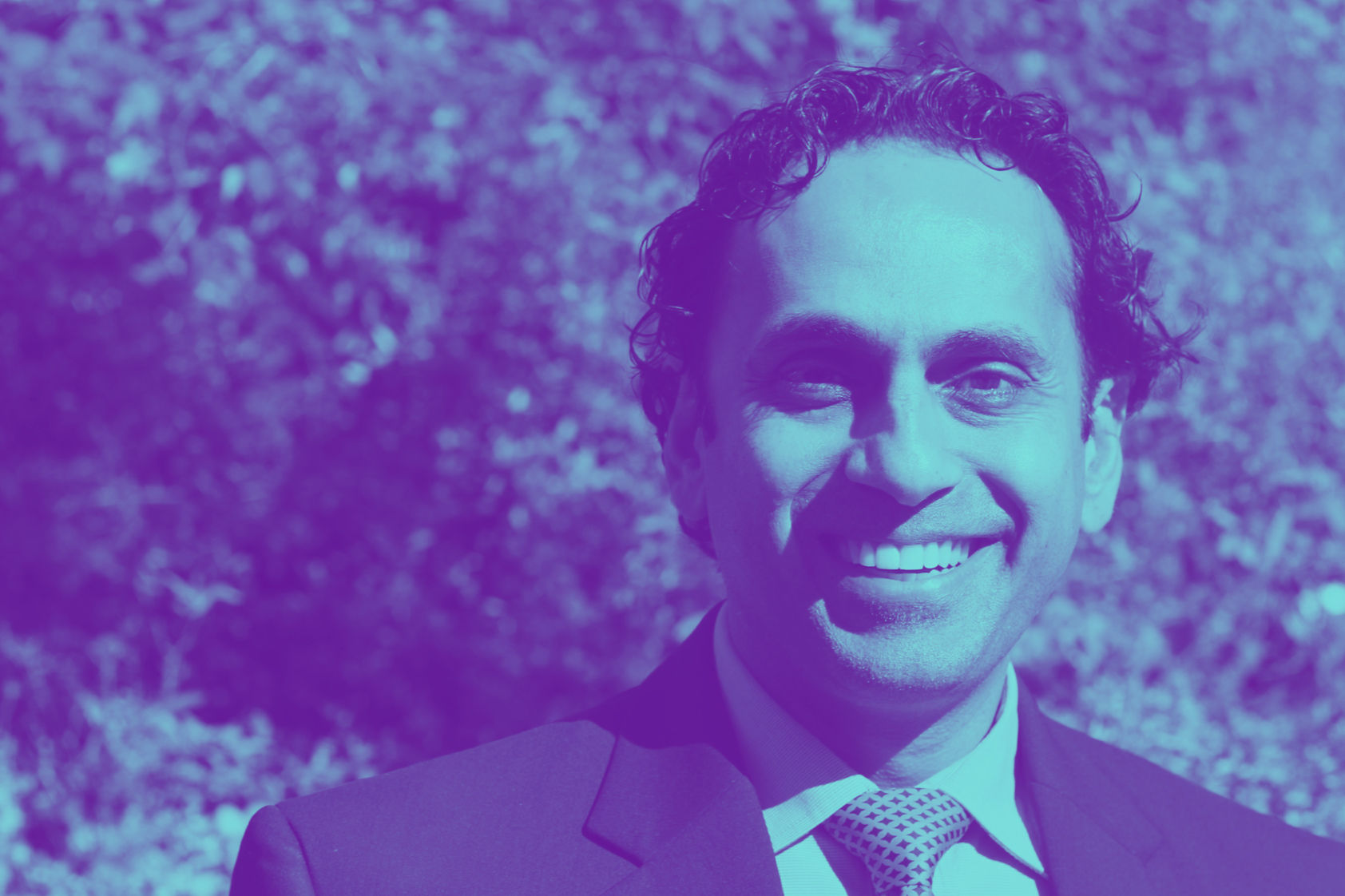Feeling Burnt Out at Work? You’re Not Alone.

What can we do to prevent burnout, and at what point does burnout become less of an individual problem and more of an organizational one?
In what’s being referred to as “The Great Resignation,” a term coined by associate professor of management at Texas A&M University’s Mays Business School Anthony Klotz, waves of workers across multiple industries are leaving their jobs as the pandemic wanes. April alone saw a mass exodus of US workers leaving their jobs—some four million, which accounts to nearly 3 percent of the workforce.
As we emerge collectively from a global pandemic that’s turned our focus internally, there’s certainly been a revaluation of our definition of success and what makes us happy.
“The pause that the pandemic provided gave people a chance to look at things and recognize realities that they probably otherwise were too busy to stop and look at,” says Regan Gurung, a professor of psychology at Oregon State University. “I think when you’re in the thick of things, when you have deadlines, when one week follows the other, you may not be happy with something, but you just sort of ignore it because you just keep pushing.”
Another piece to this Great Resignation puzzle, however, predates the pandemic: burnout, a prolonged psychological response to chronic work-related stress. In layperson’s terms: you’ve got too much to do, you’re not feeling rewarded, and you’re exhausted because of all of it. But, of course, it’s a little more complicated than that.
We asked Gurung to help us break down how to recognize and recover from workplace burnout.
Recognizing Burnout
The problem with burnout, Gurung says, is that people throw around the term so much that it’s become synonymous with stress, but it’s important to look at psychological research to identify the distinctions between the two. Gurung points to research by social psychologist Dr. Christina Maslach, who created the Maslach Burnout Inventory, a tool for measuring burnout.
The MBI measures burnout with three scales: exhaustion, cynicism, and professional efficacy, with exhaustion being the most common and recognizable component of burnout. Gurung adds to that “depersonalization,” or a sense of detachment from people that you would normally serve, which goes hand-in-hand with cynicism.
“If you’re in business, you may feel disconnected from your customer. You may feel detached from them and not feel like responding to them,” Gurung says. “Where normally you’d be excited and energized by working with your customer—in my context, students—now you feel like you can’t even face them.”
Gurung says to watch out for cynicism and a reduced sense of accomplishment, as both are “red flags” of burnout and could be indicative of depression.
“I think you have to talk about [depression and burnout] in the same breath because the reality is that burnout is another form of stress,” Gurung says. “One of the most dangerous elements of stress is what we refer to in research as ‘wear and tear.’ And excessive wear and tear can have long-term consequences.”
And those consequences can manifest psychologically and physiologically in the form of body aches, sleep disruptions, lack of appetite, anxiety, changes in mood, and changes in activity and daily living. Around 23 percent of full-time workers reported feeling burned out at work very often or always, according to a 2018 Gallup survey. Forty-four percent reported feeling burned out sometimes.
So what can we do to prevent burnout, and at what point does burnout become less of an individual problem and more of an organizational one?

“Wear and tear accumulates in our consciousness, it accumulates in our bodies, and the sooner you face it, acknowledge it, and come up with a plan to deal with it, the longer you’re going to go,” Regan Gurung says.
Image: Courtesy Regan Gurung
Preventing and Recovering from Burnout
Is burnout a personal problem or an institutional one? The answer will shock you (not really). It’s both. “It’s an interaction between individual and the society,” Gurung says, and it’s all a function of how much control we feel we have. What’s more, we all vary in our personal resources and psychological responses to stress. But there are some things that we (as employees and employers) can do to help to reduce burnout.
As employees, over the last year and a half, we’ve all been told to schedule better, prioritize sleep, go for walks, journal, etc., but when we think about burnout, Gurung says there are more work-related things that are important. He says to combat burnout, we should look at the elements that provide vitality. Those elements can be separated into three main categories.
Developing your focus
Ever not want to do something at work, so you end up taking all day to finish that task? Instead of starting with that task, start with one you’re excited about. “One of the biggest tips from a fighting burnout perspective and a vitality perspective is prioritize what you have to do so that you can focus on your task and therefore be more in the flow of your tasks. Automatically that’ll make you feel more excited about your work.”
Developing heedful relationships
The pandemic showed us the value in even our most casual acquaintances—our work relationships being part of that. “Social support is important in general, but think about your relationships at work, cultivate those relationships, because if you have those rewarding relationships at work, that could help out with burnout.”
Partaking in novel explorations
Burnout is often a result of our jobs not necessarily being defined, or us feeling like we must do something that we aren’t excited about. “Try to find a new element of your work that will excite you, that’ll be new, that’ll be an exploration for you to venture into that may give you energy and may make you want to do what you’re doing.”
The blame for burnout is often passed to the employee, or the burnee, as in they need to better prioritize their work. But Olga Khazan of The Atlantic argues that only your boss can cure your burnout. After all, isn’t it indicative of a larger, organizational problem that when we’re feeling burnt out, the first piece of advice is to take a vacation—to physically leave our place of work?

Burnout can manifest psychologically and physiologically in the form of body aches, sleep disruptions, lack of appetite, anxiety, changes in mood, and changes in activity and daily living.
So what are some things employers should consider?
Employers should recognize that burnout is a serious mental health issue that could lead to anxiety, depression, substance abuse, and suicidal ideation. While employees do need to take responsibility for managing their own stress and building up their own resiliency, burnout is often created by the workplace through unfair treatment at work, unmanageable workloads, lack of role clarity, lack of communication and support from a manager, and unreasonable time pressures—all of which can only be resolved by a communicative and attentive leader.
Gurung says that employers should spend this time, as many of us transition back into a workplace environment, making job definitions more explicit and clear. One thing that really increases stress and burnout, he says, is if the job definition is vague. “This is a great time for all employers to say, ‘Have I made it really clear what they are supposed to be doing?’ And if not, then do so—and that’s going to help the employee out.”
It’s also a good time, Gurung says, to provide “avenues for exploration”—to allow your employees to try something new and different. Part of that is providing space for your workers to feel like they can approach you with concerns and questions, particularly when it comes to expectations, goals, and mental health. “That change from routine can provide employees with the spark that may help revitalize their whole feeling toward their jobs and what they are doing.”
Burnout is not an inevitable function of work. But an overbearing sense of duty toward our workplace, coupled with a toxic grind culture, has programmed us to feel that our work defines us. Recognizing burnout now could help us build up our resiliency and create better workplaces.
“The reality is there has been significant wear and tear on all of us that goes way above and beyond the normal stress and wear and tear of working," Gurung says. “Wear and tear accumulates in our consciousness, it accumulates in our bodies, and the sooner you face it, acknowledge it, and come up with a plan to deal with it, the longer you’re going to go.”
Listen: In this episode of Footnotes, Regan Gurung help us break down what exactly burnout is, how to recognize it, and how we—as employees and employers—can prevent it and recover from it.




